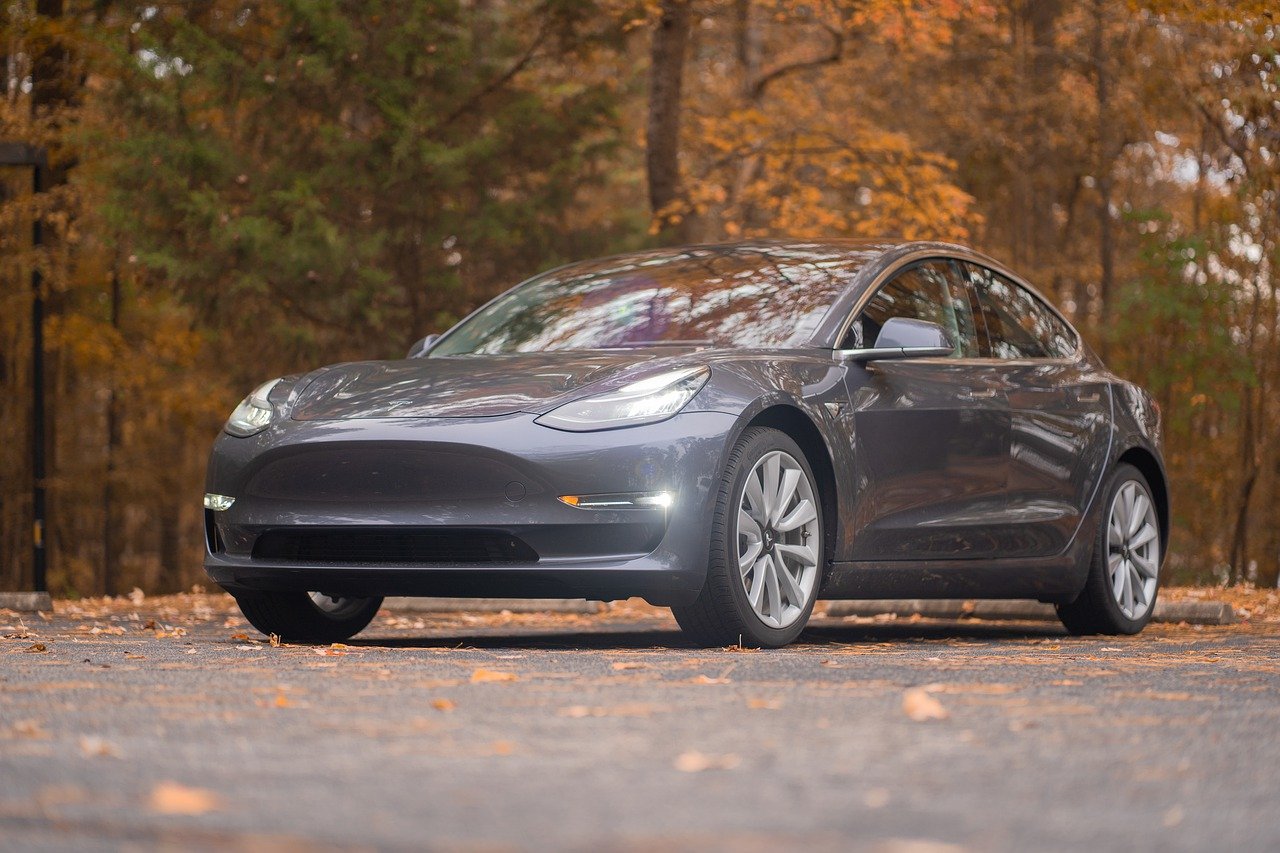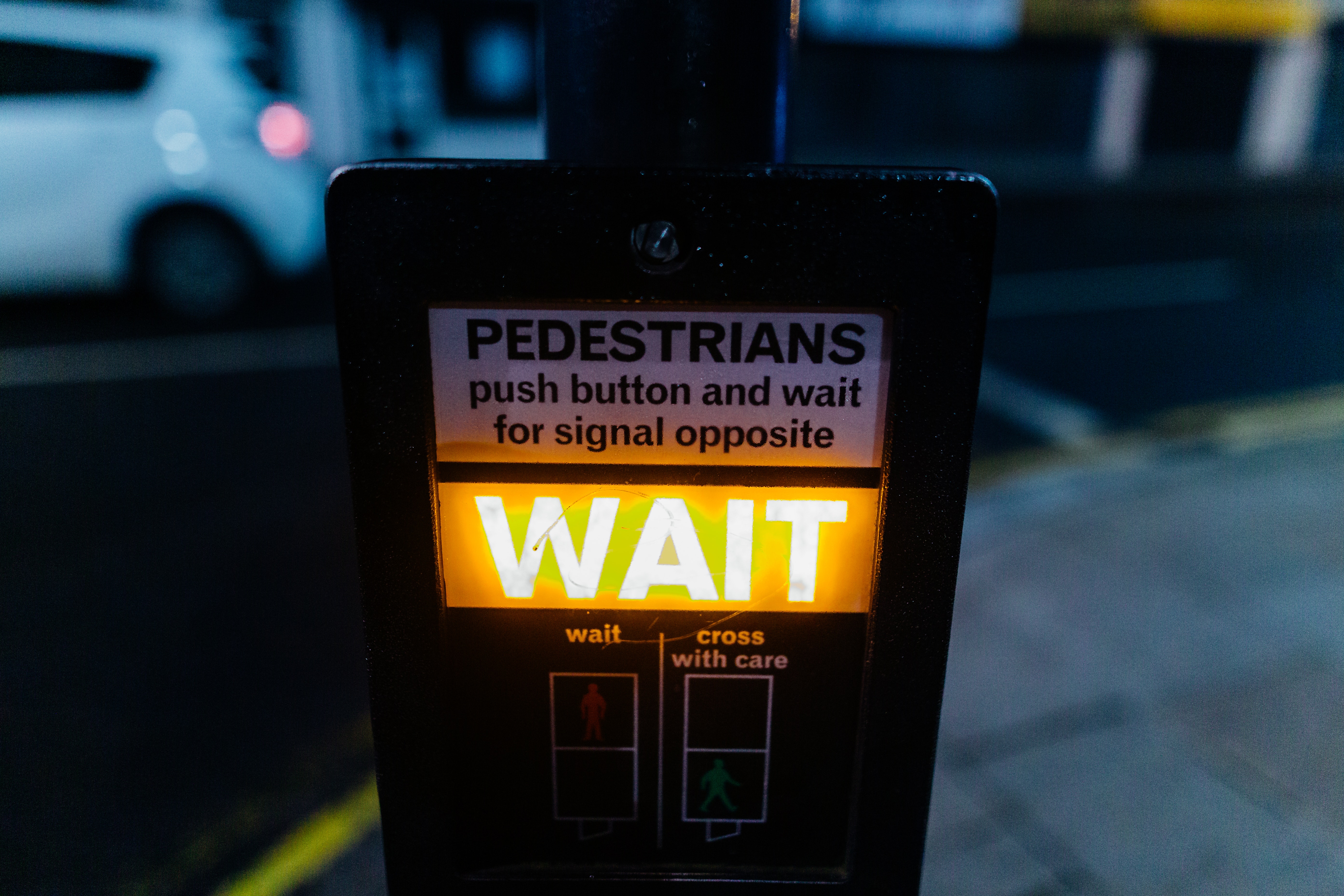











Smart technology is all around us. Every day, more smart products are making their way into homes and businesses. Smartphones with voice-activated commands and assistants powered by artificial intelligence are now the norm. Many homes are adding doorbell systems that include cameras and the ability to see who’s at the door via your smartphone. There are self-driving cars and thermostats that automatically adjust the temperature and hundreds of other products that seek to make our lives easier by incorporating technology to accomplish an almost unlimited variety of tasks.
Just like with most other areas of daily life, smart technology is rapidly being adapted into our daily commute, both to improve the experience and to make it safer. Here are some ways that smart technology is being used to make traffic interactions safer.

One of the most highly-anticipated technologies of today’s world is the idea of an autonomous vehicle, also known as a self-driving car. Who wouldn’t like to be able to kick back and take a nap or read a book while driving to work? Since most of us can’t afford a personal chauffeur, a self-driving car is the best alternative.
While a true self-driving car that requires no human input to safely navigate in any environment is still years away, there are cars on the road today that include many self-driving features. In fact, many drivers are familiar with cruise control, which is one of the earliest types of automation.
As autonomous vehicle technology becomes more advanced, we can expect to see more such vehicles on the road. And as the technology advances, so do the safety features available in these types of vehicles. In fact, there are several features in today’s autonomous vehicle technology that help to make the roads safer.
Vehicle-to-vehicle (V2V) technology allows vehicles to communicate with other vehicles on the road. V2V technology includes both sensors around the exterior of the car and communication technology that allows vehicles to send and receive information from other vehicles on the road. This communication can help vehicles to avoid accidents by alerting the driver to a potential accident before it can occur.
Vehicle-to-infrastructure (V2I) technology allows vehicles to communicate with infrastructure, including traffic signals, pedestrian crossings and more. This information can help vehicles calculate traffic patterns and make route changes based on unexpected situations, including avoiding areas where accidents or congestion is currently occuring, which can lead to fewer accidents.
Both V2V and V2I technologies will be important in helping autonomous vehicles navigate roads and keep drivers safe. As more autonomous vehicles get on the road, these systems will improve because of more available data and increased communication between vehicles. Eventually, smart technology could help to significantly reduce the number of car accidents on the road every year.

Adaptive traffic signals collect information from current traffic conditions and make adjustments to the signals in real-time to match the traffic needs at that particular time. They do not rely on pre-programmed cycles, which means they can better manage traffic flow based on actual conditions, instead of theoretical ones.
Adaptive traffic signals use video cameras and sensors to collect information about vehicle and pedestrian traffic in an intersection and then uses software to analyze the data and determine the best light sequence at any given moment. Adaptive systems can also communicate with other signals nearby to sync traffic patterns throughout the system.
Adaptive traffic signals make roads safer in a variety of ways.
Since adaptive traffic signals work on real-time data, they can adapt to nearly any situation and improve drive time and conditions for drivers, which also makes roads safer.
A major component of smart traffic systems is the detection of emergency vehicles. When smart traffic systems detect an emergency vehicle approaching, the goal is to be able to successfully clear traffic out of the way and to allow the emergency vehicle to pass through as quickly and safely as possible. The ability to prioritize traffic flow and allow emergency responders through lights more quickly can help to save lives as first responders are able to arrive on scenes faster and get victims to medical facilities in less time. Reducing the amount of time it takes to get a critically injured or ill person to a hospital can significantly impact their survival rate and ultimately save lives.
New breakthroughs in smart technology are happening every day. As smart technology becomes more ingrained in our daily lives, connected devices will be able to work together to improve our lives and keep us safe in a variety of ways.
ELTEC Traffic Products and Warning Systems is a world-class provider of engineered traffic systems, including solar-powered solutions, with an emphasis on programmable timing products and pedestrian safety.